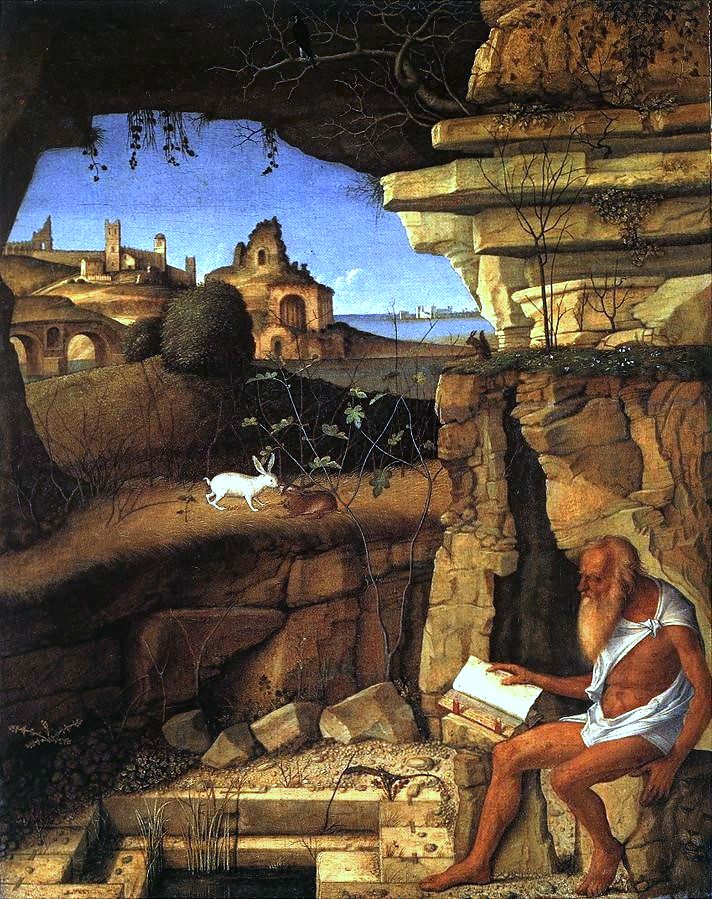In Julien Gracq's fluvial revery The Narrow Waters (1976) he recalls the childhood sensation of being drawn down the river Evre by an almost imperceptible current. It was a memory that would provoke intense pleasure when he came to read 'The Domain of Arnheim', a story by Edgar Allan Poe that I discussed here a few years ago, in which the narrator's skiff seems to be pulled along by an invisible force. Then, again, 'years later, Lohengrin's swan moving up- and downstream on the imaginary waterways of the opera scene recalled once again, momentarily, that sensation of an almost troubling happiness.' I too love this image of a boat gliding with no obvious means of propulsion, taking its passenger to some special destination. It can be found in various legends associated, like Lohengrin, with King Arthur: indeed the Grail itself is said to have arrived in Britain this way, carried by Joseph of Arimathea in a ship guided by God.
Wang Ximeng, A Thousand Li of Rivers and Mountains (detail), 1113
Later in The Narrow Waters, Gracq returns to the theme of the effortless river journey.
'Only Chinese painting (Song Dynasty landscapes in particular) has been haunted by the humble theme of a solitary rowboat moving through a wooded gorge. Clearly the great charm of such an image derives from the contrast between the sheer physical effort evoked by the steep slopes and the level, incredible ease of the river flowing eternally between peaks: the jubilant feeling born, in the dreamer's consciousness, of the discovery of an effortless solution to contradictions here becomes a fixed reality. Vaulted tree branches beneath which one glides along, branches of rock-loving pines that hang in angles over the water in Chinese drawings, intensify the feeling of calm intoxication and can give way, in a moment - with the whimsy of a ribbon of water ringed by precipices - to a protected intimacy, the alluring fancy of canopies of trees cradling a canal that runs straight into the horizon.'At the end of the book, Gracq reflects on why he is not tempted to return to the Evre and make this journey again. It is 'not the fear of dispelling the charm of memories. Rather, it's the impossibility of reanimating a dream, or at least of finding again its rhythm which, although devoid of any notion of speed, never ceases to change.'














